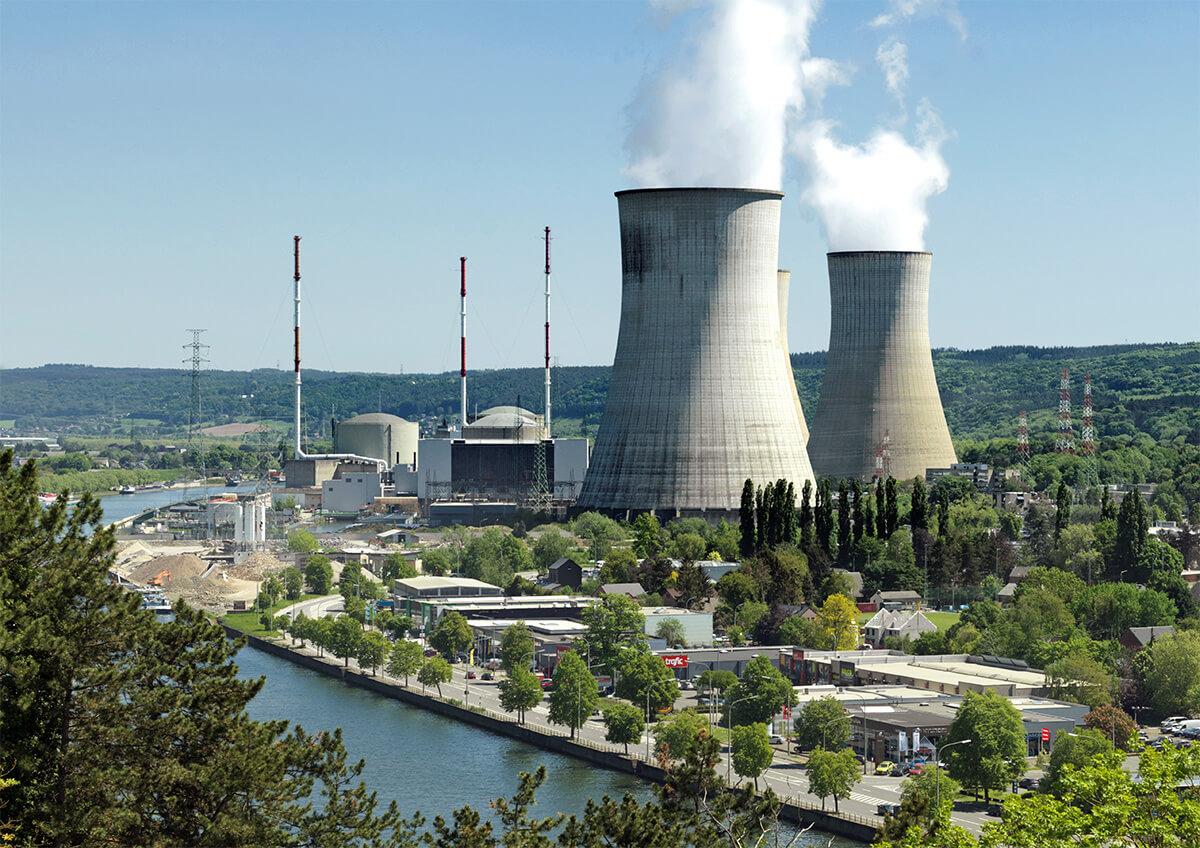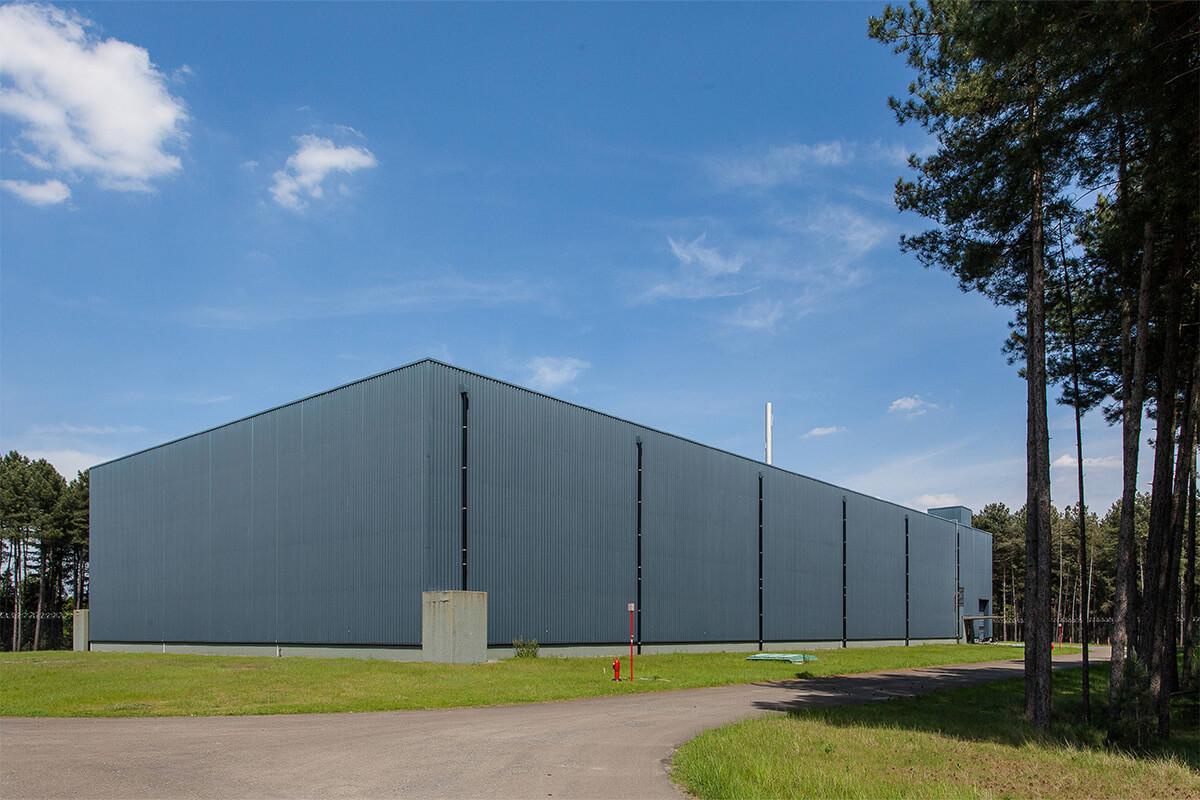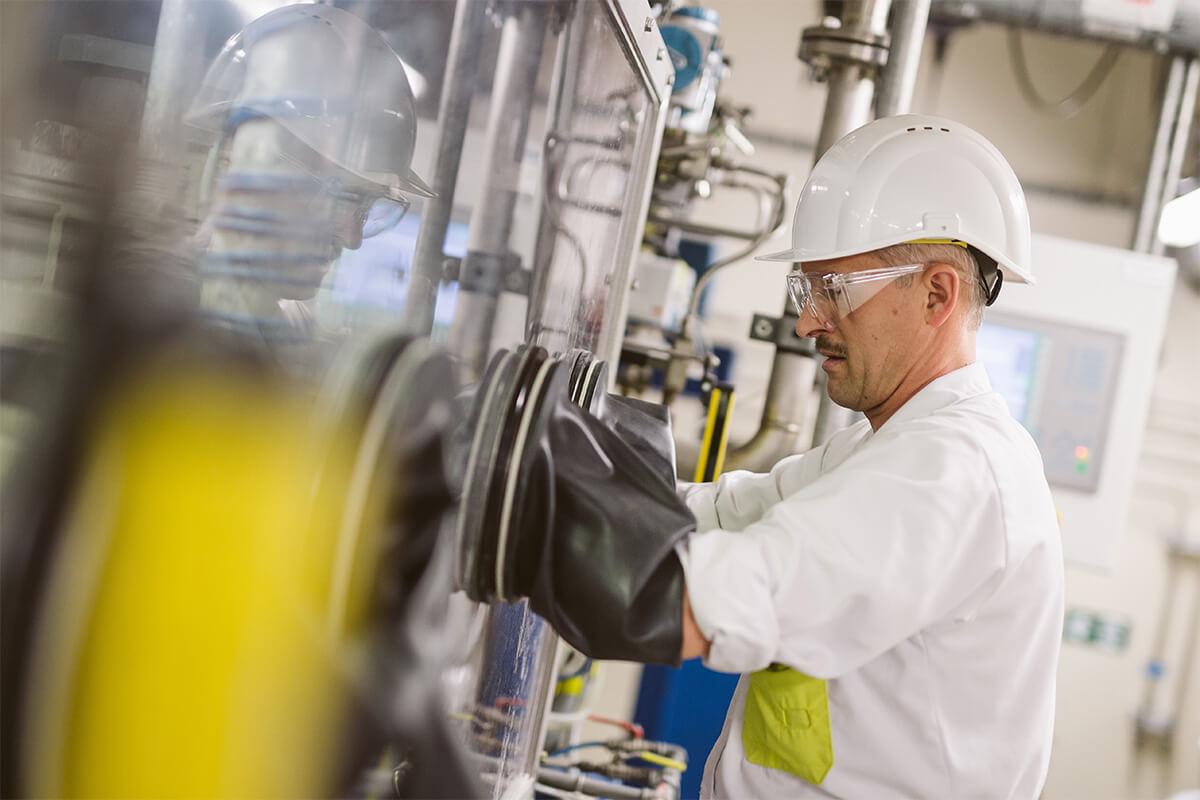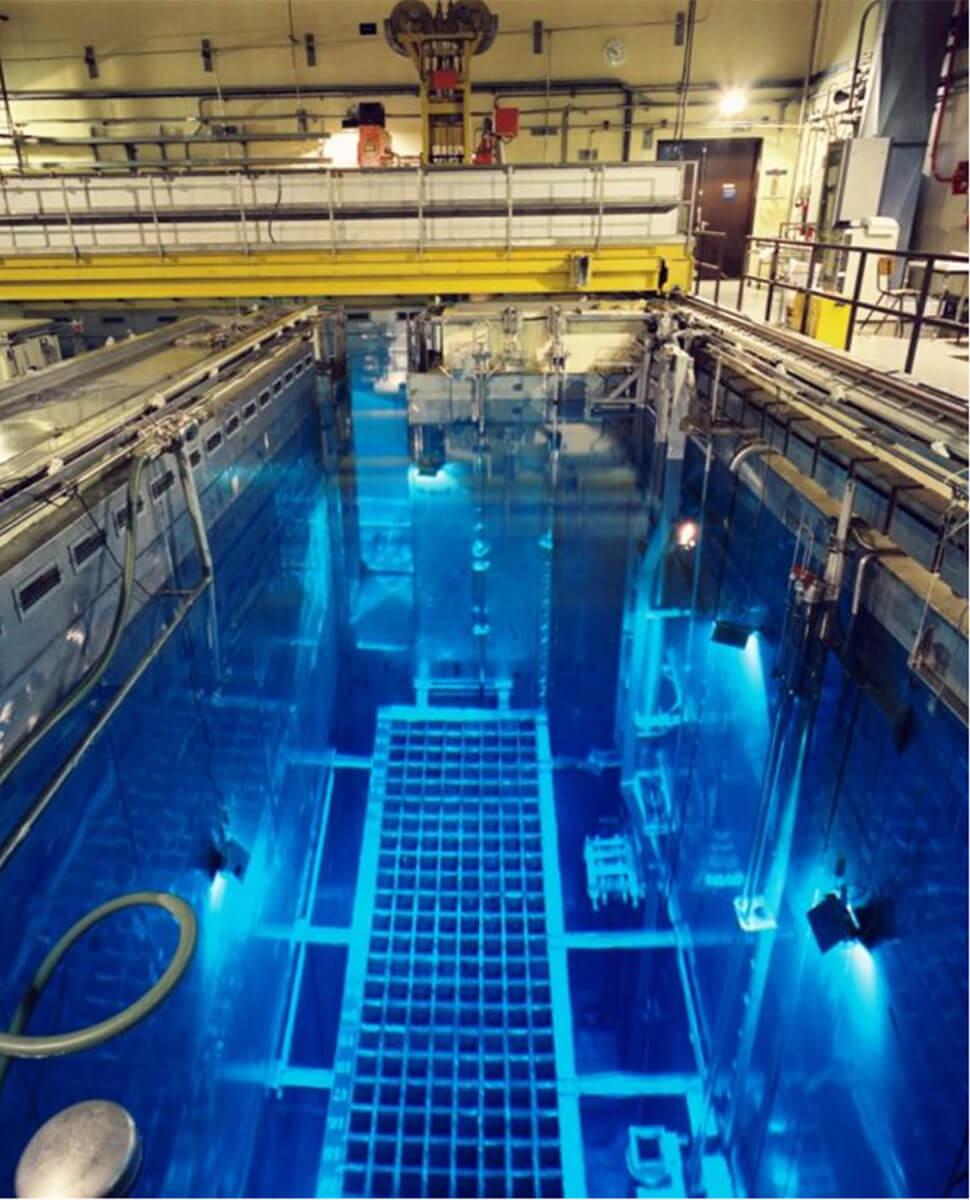The radioactive waste
Radioactive waste
What types of radioactive waste are there?
Radioactive waste is classified according to two characteristics, namely its activity level and its life span. The activity level concerns the nature and amount of radiation released from the waste: the waste can be low, intermediate or high level. The life span refers to how long the waste continues to emit radiation: the waste is short or long-lived.
For long-term management (i.e. disposal), we distinguish three categories of waste. Low or intermediate-level short-lived waste (category A waste) will be disposed of in a surface disposal facility in Dessel. Low or intermediate-level long-lived waste (category B waste) and high-level short or long-lived waste (category C waste) will end up in a deep disposal facility in geological strata.
Where does radioactive waste come from?
Most high-level and/or long-lived waste (category B&C waste) comes from the dismantling of nuclear facilities which have been shut down and from nuclear electricity generation. A limited part is generated by applications in research and development, while another part comes from the historical radium production activities of the former Union Minière (now Umicore) in Olen. This waste must be isolated from humans and the environment for several thousand years, or even up to a million years.
Low or intermediate-level long-lived waste (category B waste) does not emit heat and comes largely from dismantling projects that have already been completed, are ongoing or planned. These include the dismantling of the Eurochemic reprocessing plant in Dessel (almost completed), the former WASTE unit of SCK CEN in Mol (ongoing) and the Doel and Tihange nuclear power plants (planned). This waste category is also generated in nuclear research, in the production of isotopes for medical use and in the reprocessing of spent fuel.

High-level short or long-lived waste (category C waste) mainly comprises spent fuel used in nuclear power plants. This waste emits heat and must cool for decades before it can be disposed of. This spent nuclear fuel is not (yet) considered radioactive waste today (see below). What does get managed as category C radioactive waste, is waste from nuclear fuel reprocessing that has been vitrified.
What quantities of radioactive waste are involved?
In determining the quantities of waste, ONDRAF/NIRAS takes into account both existing and future waste. We make detailed projections of the types and quantities of waste that will need to be managed and disposed of. These projections are based on the current nuclear programme in Belgium, including the operational lifetime of nuclear power plants as defined by law.
For low or intermediate-level long-lived waste (category B waste), we foresee a total volume of about 9,100 m3 (volume of the waste packages, without further packaging). About 85% of this waste is already safely managed by ONDRAF/NIRAS today. For high-level short or long-lived waste (category C waste), we envisage a total volume of about 2,800 m3 (volume of the waste packages, without further packaging). Only 2.5% of this C-waste has already been transferred to ONDRAF/NIRAS.
Waste management
Where is radioactive waste stored?
All existing radioactive waste already transferred to ONDRAF/NIRAS is currently in Dessel at our subsidiary company Belgoprocess. Low, intermediate and high-level waste is stored there separately and safely in various adapted buildings: the higher the intensity of radiation, the thicker the concrete walls of the storage buildings.

What happens to the waste before it is stored?
Before the radioactive waste goes to a storage building, it is first processed to reduce its volume. The techniques we use to do this depend on the type of waste. Thus, liquid, combustible and compressible waste are each processed differently. Intermediate- and high-level waste are also subject to more stringent shielding measures than low-level waste.
The remaining waste is then immobilised, for example in concrete mortar, and confined in a drum, resulting in a solid and compact final product. This process is also known as conditioning. Each drum is given an identification sheet with a unique code and is recorded in a database. Before the drums go to the storage buildings, they are weighed and checked for radiation and radioactive contamination.

Spent fuel
What is spent fuel?
Spent fuel mainly comes from nuclear power plants. They are the fuel assemblies that served in a nuclear reactor to generate heat to produce electricity. After discharge from the nuclear reactor, this spent fuel is stored on the site of nuclear power plants. It is not (yet) considered radioactive waste and is the responsibility of Synatom, a subsidiary of Electrabel. Spent fuel is also generated in research reactors. ONDRAF/NIRAS takes into account the possibility that the spent fuel may acquire the status of radioactive waste and will therefore need to be disposed of.
Where is spent fuel located?

Spent fuel from nuclear power plants cools for several years after use in a deactivation dock on the nuclear power plant site. Afterwards, it is transferred to a storage building - also on the site of the nuclear power plant - where it is stored for up to several decades, depending on its further management (reprocessing or transfer to ONDRAF/NIRAS as radioactive waste). In Doel today, this temporary storage is dry, while in Tihange this storage is underwater. Electrabel is planning additional storage capacity for this at both Doel and Tihange in the coming years, in each case in dry conditions.
SCK CEN research centre's spent nuclear fuel is located on its site in Mol and at Belgoprocess in Dessel.
How about the reprocessing of spent fuel?
Up to the 1990s, spent fuel from Belgium's nuclear power plants was reprocessed. This is a chemical process in which certain fissile elements (uranium and plutonium) are separated from the nuclear fuel for reuse. The radioactive materials left over from this process are processed as radioactive waste and are safely stored at Belgoprocess, ONDRAF/NIRAS' subsidiary company in Dessel. In 1993, the Belgian Federal Parliament passed a resolution to suspend contracts for reprocessing spent fuel from nuclear power plants.

